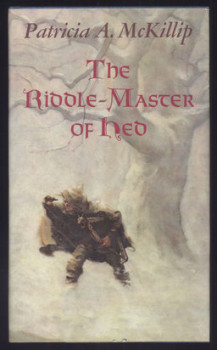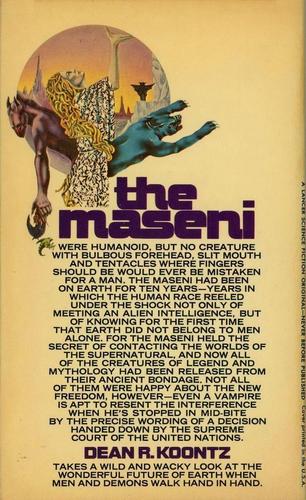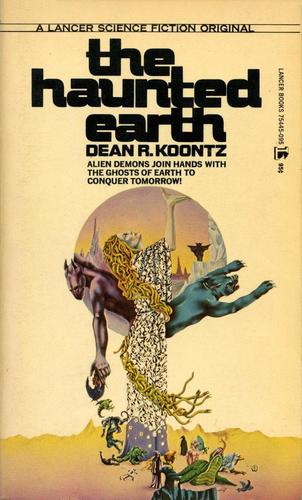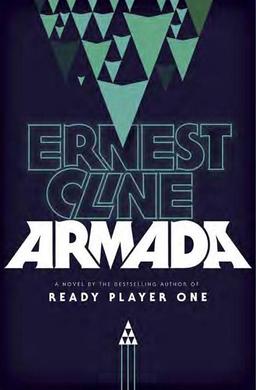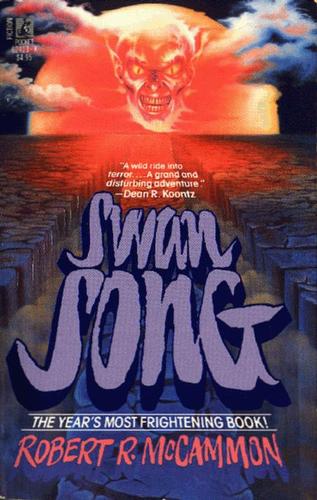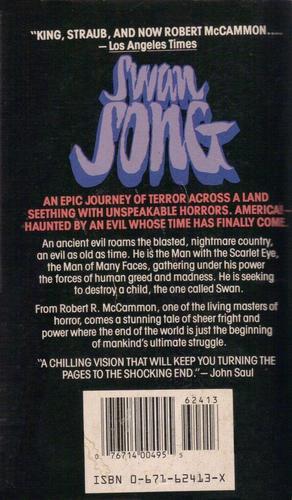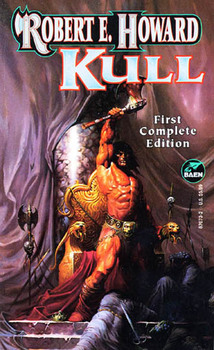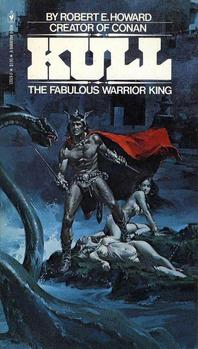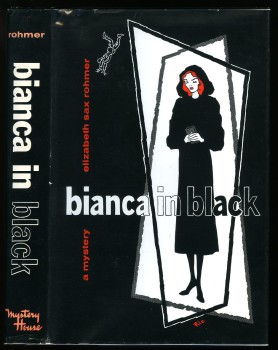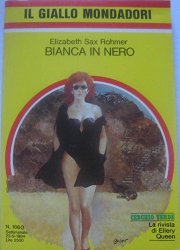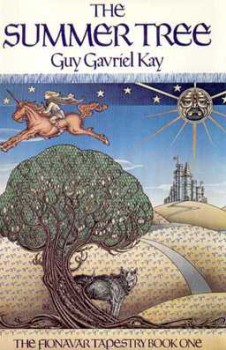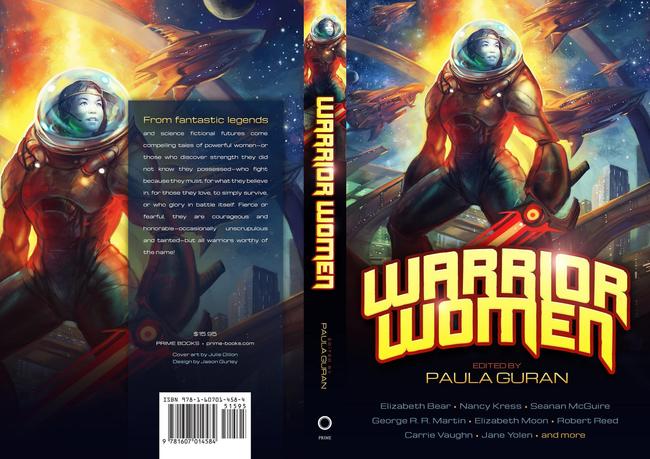The Riddle-Master of Hed by Patricia McKillip
“Who is the Star-Bearer, and what will he loose that is bound?”
from the Riddle-Master of Hed
This week’s work of epic high fantasy, Patricia McKillip’s The Riddle-Master of Hed (1976), the first volume in her Riddle-Master trilogy, is more restrained than those I’ve reviewed the past few weeks. In his book Modern Fantasy, David Pringle calls the series “romantic fantasies of a delicate kind” and in the Encyclopedia of Fantasy John Clute describes McKillip’s development of the series’ lead characters as “handled with scrupulous delicacy.” While I detect a slightly dismissive tone in those comments, neither is completely inaccurate. If The Chronicles of Thomas Covenant are a great big Romantic symphony, then McKillip’s book is more like a piano sonata. There’s a lightness of touch, though not of tone, here, as well as a focus on the small details. So, though an ancient war is reignited, mysterious shapeshifting enemies appear out of nowhere, and the fate of the world is at stake, at the center of the story is a young hero and his struggle to refuse to submit to prophecies of which he wants no part.
My mother took these books out from the YA section in the St. George Library on Staten Island way back in 1979 for my dad. She thought he’d like them and she was right. He must have read them every other year or so between then and his death in 2001. Because he liked them so much I gave them a try and I was as enthralled as he clearly was. Like him, I was drawn into McKillip’s world of riddles, strange magics, and hidden and lost identities. I’ve probably read the trilogy four or five times myself, but this is the first time I’ve picked it up in over a decade. Having finished the first, I’m looking forward to the next two volumes, Heir of Sea and Fire and Harpist in the Wind, with great anticipation.
